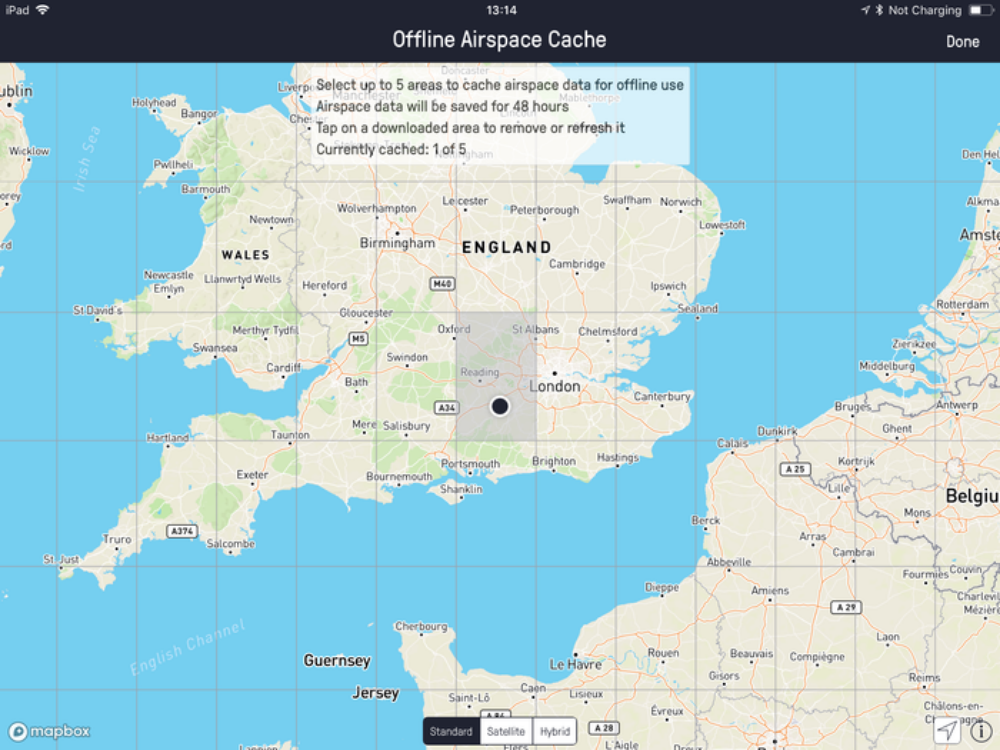has rolled out several improvements to its award-winning CQNet drone management software over the festive period.
It has once again taken on customer feedback and added new features to better operators’ experiences, including the introduction of a first of its kind offline airspace caching mode on the iOS version of the app, as well as a roll out to Android.
New web-based features include a multi-department capability for organisations, allowing them to work in multiple, separate sections on the system, segregating data relating to the pilots, missions or aircraft.
“This is great for organisations with multiple teams flying that do not want or need to see each other’s information,” Gareth Beverley, Head of Technical Operations at the company, says.
“There is now also the ability to re-analyse flight logs, uploading them to the system in real time then selecting to analyse them later. This means that if we improve the data we can extract from customers’ logs in the system, they can get that benefit with their old logs.”
The drone’s flight path is now also available to be viewed post-flight combined with the flight area, so operators can tell if they did what they set out to do at the start of the mission. This provides enhanced safety and compliance, so organisations can see if the pilot was aware of the risks or not if they breached the flight area/plan.
Maintenance, meanwhile, can now be specified in more granular levels of flying hours – for example from one to ten – and not just 10, 20 or 30h intervals as was previously the case.
“This gives more flexibility in how users assure their operations using CQNet, and is fundamental when operating under an Operational Safety Case. This, if approved by the CAA, gives an operator the ability to fly at reduced distances from people/obstacles, although it usually requires a more granular level of detail,” Beverley says.
Additionally, more aircraft types have been introduced into the flight log analysis element of the system, namely the Freefly Alta 6 and Alta 8, while the Pulse Aero’s analyser capability has been updated, as has the DJI flight log analyser.
New iOS features include offline airspace and advisories caching, which is a first of its kind functionality in any drone-related app.
“We’ve added offline airspace and advisories caching, so via our easy to use grid system you can cache five geographic areas of data and view the cached information for 48hr afterwards, enabling you to plan those unexpected missions to the same safe standards as your expected ones,” Beverley says.
“We’re also really proud to announce that our app is now available for Android devices. Our customers asked, and we’ve delivered, and it can be found in the Google Play store.”
Source: Press Release

